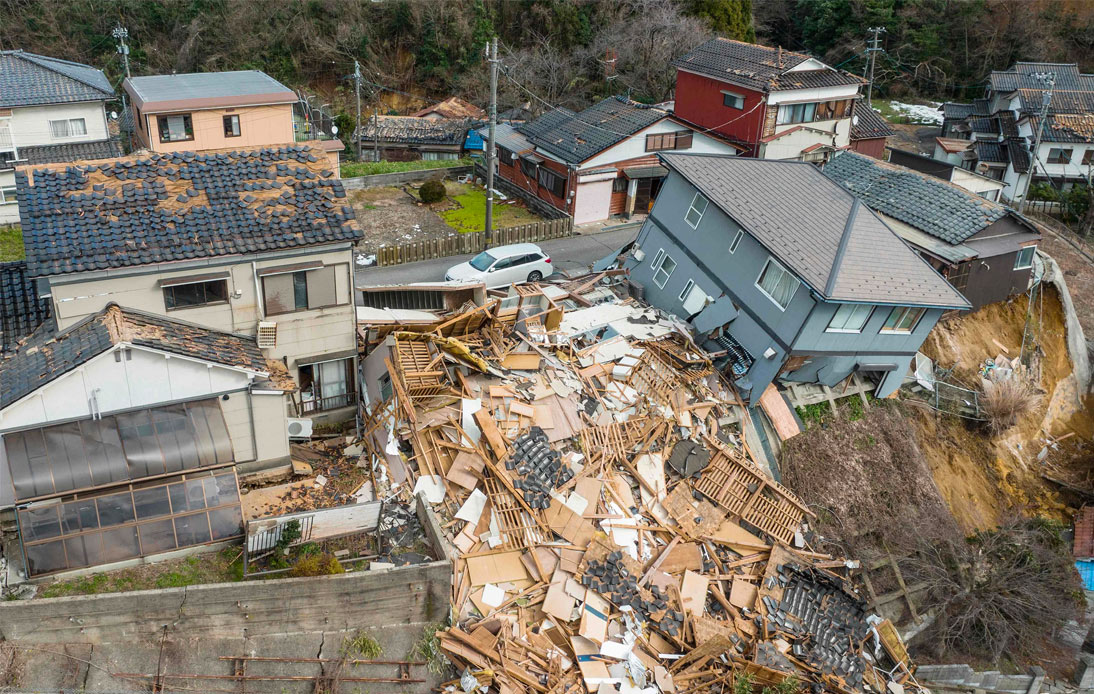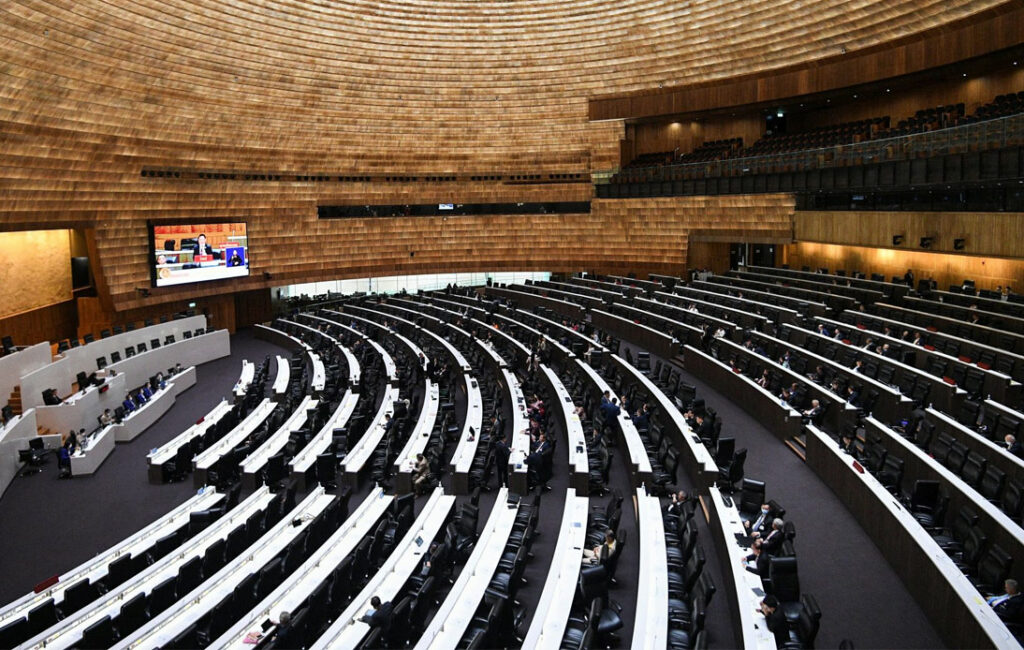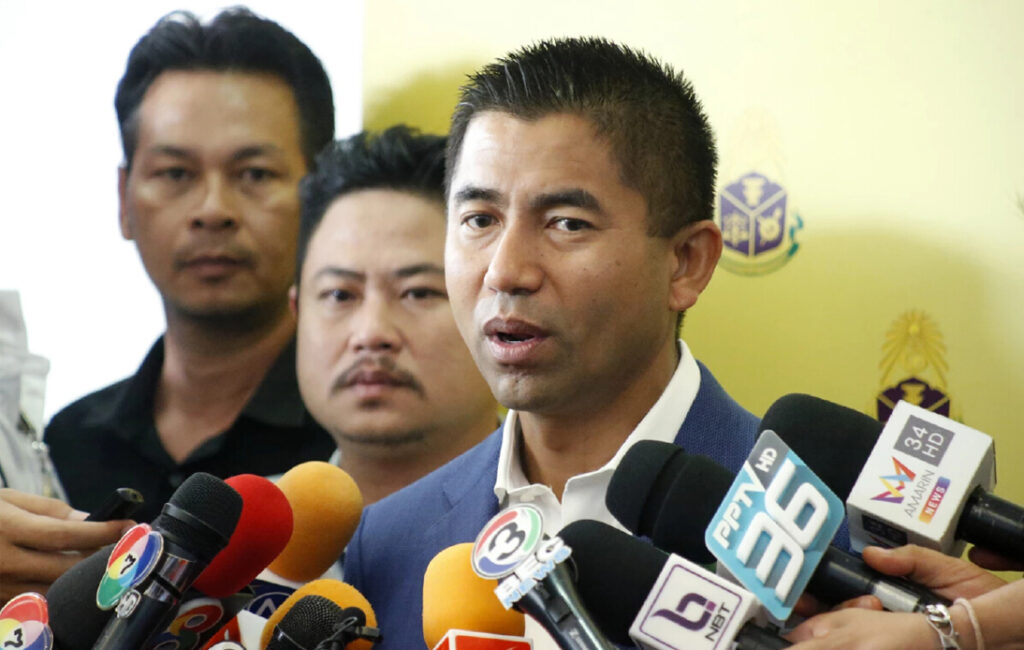
Powerful earthquakes in western Japan have caused extensive damage and fatalities, with at least 48 people reported dead. Thousands of buildings, vehicles, and boats have been damaged, and officials warn that there is a risk of more earthquakes in the future.
The Ishikawa prefecture and surrounding regions experienced ongoing aftershocks following a 7.6 magnitude earthquake that struck on Monday afternoon.
Officials reported 48 fatalities in Ishikawa due to the earthquake. Additionally, 16 people sustained serious injuries. The full extent of the damage to residential properties is yet to be assessed.
Japanese media reports indicate the destruction of tens of thousands of homes. The government spokesperson reported 17 serious injuries and a slightly lower death count than the prefecture’s figures.
Utilities like water, power, and cell service are disrupted in some areas. Residents are mourning their lost homes and facing uncertainty about the future.
Ishikawa resident Miki Kobayashi described the severe damage to her home, questioning its habitability. Her home had also suffered damage in a 2007 earthquake.
Despite the rising casualty count, early warnings and swift public and official responses helped mitigate some damage.
The rapid mobilization of firefighters, police, and the military highlighted Japan’s resilience and preparedness for disasters.
Toshitaka Katada, a disaster expert from the University of Tokyo, credited the area’s preparedness to recent earthquake experiences, with evacuation plans and emergency supplies in place.
“There is probably no people on earth other than the Japanese who are so disaster-ready,” he stated in a telephone interview with The Associated Press.
Katada cautioned that the current circumstances are unstable and uncertain. He noted that the March 2011 earthquake and tsunami in northeastern Japan were also preceded by several other seismic events. “This is far from over,” Katada said.
He stated that scientific forecasts have often been incorrect, as evidenced by the 2016 earthquake in southwestern Kumamoto, a region once thought to be less prone to quakes. He said the only certain prediction is the unpredictability of such events.
“Having too much confidence in the power of science is very dangerous. We are dealing with nature.”
Aerial footage showed extensive damage, including landslides, boats adrift, and a significant fire in Wajima city.
In response, Japan’s military deployed 1,000 soldiers for rescue operations. Prime Minister Fumio Kishida emphasized the urgency of saving lives and rescuing trapped individuals.
While Kishida spoke, a 5.6 magnitude earthquake hit Ishikawa, part of over 100 aftershocks in the past day.
Nuclear plants in the region are functioning normally, unlike the 2011 disaster which caused meltdowns at a northeastern plant.
On Monday, a major tsunami warning was issued for Ishikawa and surrounding areas, later downgraded and lifted by Tuesday. Tsunami waves reached over one meter in some places.
Evacuated residents sought shelter in public facilities. Bullet train services were disrupted but mostly restored by Tuesday, and some highways remain closed.
Japan regularly experiences earthquakes due to its location on the “Ring of Fire,” a circle of volcanoes and seismic fault lines in the Pacific Basin.




















